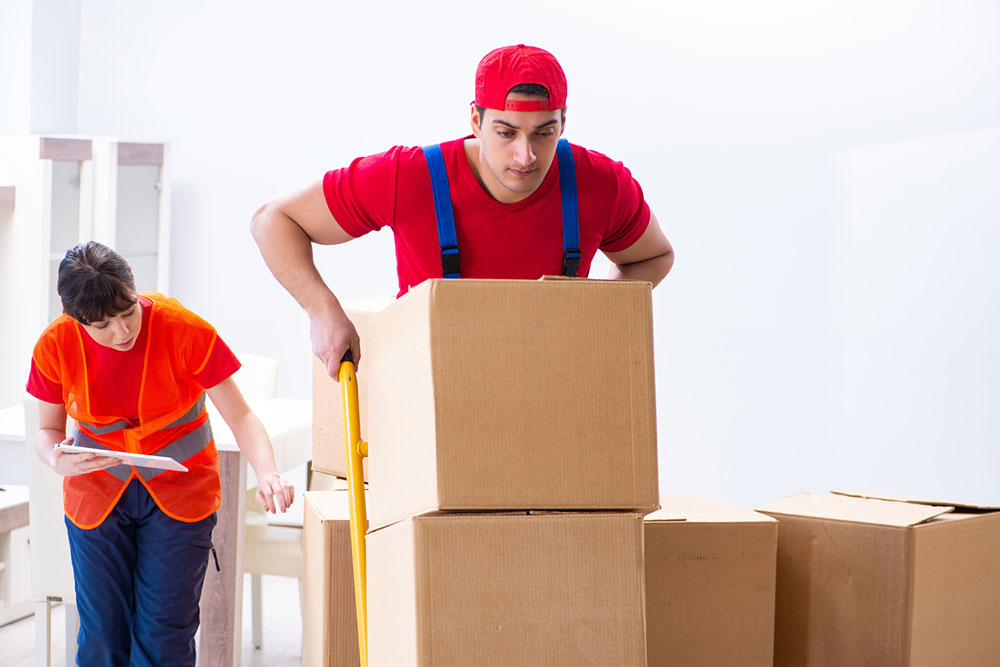9 common packing mistakes to avoid while moving

While moving can be an exciting new chapter in life, the process leading up to it can require considerable preparation. One of the key steps in the process is packing, as it can take up a lot of time, effort, and planning. To ensure that packing goes as smoothly as possible, one must avoid a few mistakes. Further, a well-planned packing process can make the move, as well as unpacking after the move, easier.
1. Waiting until the last minute
Delaying packing till the last minute is an important mistake to avoid, as it can add to the stress right before the move. Not dedicating enough time to packing can also lead to disorganization, as one may end up packing things randomly, making them difficult to find later on. To avoid such chaos, one must allocate enough time to packing and start with the process at least a few weeks before the moving date. This can not only give one enough time to organize their items before packing but also ensure that nothing is left behind.
2. Packing essentials too soon
Another big mistake to avoid in the moving process is packing the essentials too early. One may need daily-use items like toiletries and certain clothes before and during the move. So, accidentally putting them away can add to the overall effort, as one may need to use them in the days leading up to the move. To avoid the unnecessary inconvenience of unpacking and repacking such items, one must set aside daily essentials and pack them at the very end in a separate, easily accessible storage container.
3. Choosing the wrong packing supplies
Those who move often tend to use old containers and boxes. While this can be a good idea if the storage supplies are not too worn out, some old boxes can lose their structure and ability to hold weight over time. Additionally, one must avoid using garbage bags or plastic bags. Although an easily available option, the bags may lack the structural integrity necessary for safely transporting the items. Instead, one must consider investing in the right packing supplies for the move to ensure all the items are well-protected during transit.
4. Not getting enough supplies
One must also ensure that they have enough packing materials, like tape, packing peanuts, labels, bubble wrap, boxes, and markers, among other things. This can be one of the key steps while planning the move. Not getting enough supplies can lead to last-minute panic and urgent runs to local stores, delaying the packing process further. So, to avoid this mistake, one must make a list of all the necessary supplies before they start packing and try to get extra supplies than they think they would need. Additional packing materials can always come in handy later.
5. Not securing belongings
When packing fragile items or valuables prone to damage, one must secure them appropriately to ensure they do not move or fall in transit. Common fragile goods that need to be packed safely include glassware, ceramics, and electronics. One should carefully wrap each delicate item in bubble wrap and packing paper to provide them with a protective cushion that can absorb shocks in transit. One must also ensure that they carefully mark the boxes containing these fragile items so professionals or friends helping with the move practice caution while handling them.
6. Skipping decluttering
Moving to a new place can be one of the best times to get rid of belongings one no longer needs. As one is already organizing their belongings and packing them, it is easy to identify things one does not require in the new place. Such items can either be discarded, sold, or given away before the move to reduce the number of things that need to be packed. Decluttering also makes unpacking easier as one will only need to work with things they actually use. Further, skipping this step can increase the risk of adding clutter to the new living space.
7. Not making a checklist
While packing and moving, items can inadvertently get misplaced or lost. So, maintaining a checklist or inventory of all belongings can help one minimize the risk of leaving behind necessary belongings. By regularly referring to the checklist, one can keep track of all the things that have been packed. Later, while unpacking, one can use the same checklist to ensure that all of their belongings have been transported and nothing has been lost on the way or left behind.
8. Overpacking the boxes
When packing, one may want to maximize the space by placing as many items as possible in each box. However, this can actually do more harm than good, as an overstuffed box is more likely to break or tear due to the additional weight. The overfilled box or container can then fall apart in transit, which can end up scattering or damaging the items. Further, if the boxes are too heavy, they can be difficult to carry, increasing the risk of injuries. To avoid this common packing mistake, one must strike the right balance between utilizing space and getting enough packing supplies to avoid overfilling the boxes.
9. Not labeling the boxes
The packing process is incomplete without labeling. One must ensure that as soon as they are done adding items to a box, they label the box so that it indicates what it holds. Labeling can make the process of unpacking easier as all one has to do is check the label to find the item they need. Further, with the help of labels, movers can place boxes in the right rooms at the new place. Additionally, if the box contains fragile items or electronics and is labeled accordingly, those handling the boxes can exercise caution while lifting the boxes.







